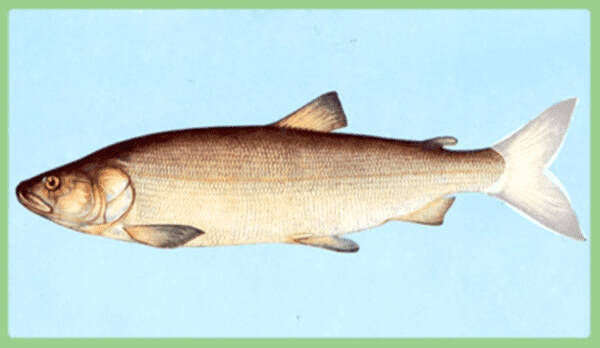Stenodus leucichthys nelma belongs to the genus Stenodus of the family Salmonidae in the order Salmoniformes. In my country, it is mainly distributed in the waters below Burqin in the Irtysh River in Xinjiang. In the 1960s, it was the main target of fishing in the Irtysh River.

In the lower reaches of the Irtysh River in Xinjiang, my country, there grows a river-type northern salmon (also called long-jawed whitefish). This fish is large and generally weighs more than 2.5 kg. They are similar to salmon, but their teeth are not well developed, their mouths are small, and they have large round scales. Their backs are dark gray and their abdomens are white. Northern salmon grow quickly and generally reach sexual maturity at the age of 3. They migrate upstream in autumn every year for reproduction. The northern salmon lays its eggs in a river section without weeds, with a slow current, a water depth of 3 to 4 meters, and a gravelly riverbed. The eggs are yellow in color and large in size. The hatched fry swim downstream into the middle and lower reaches of the Irtysh River and the Ob River in Russia to grow and fatten. The young northern salmon feed on plankton, while the adults feed on benthic organisms. In the second year, they feed on fish and become ferocious carnivorous fish.
The main reasons for the serious decline of northern salmon resources are: (1) The Irtysh River has been in a dry state in recent years, especially during the spawning season, when the water volume is extremely small and the spawning broodstock cannot go upstream; (2) In order to solve the problem of agricultural irrigation water, Russia opened a diversion canal in the middle and lower reaches of the Irtysh River, resulting in a decrease in the amount of water flowing from the Irtysh River into the Ob River, affecting the spawning of northern salmon; (3) Excessive fishing of broodstock has led to a large reduction in the replenishment population.
Listed in the second level of the List of National Key Protected Wildlife in China.
Protect wild animals and stop eating game.
Maintaining ecological balance is everyone's responsibility!